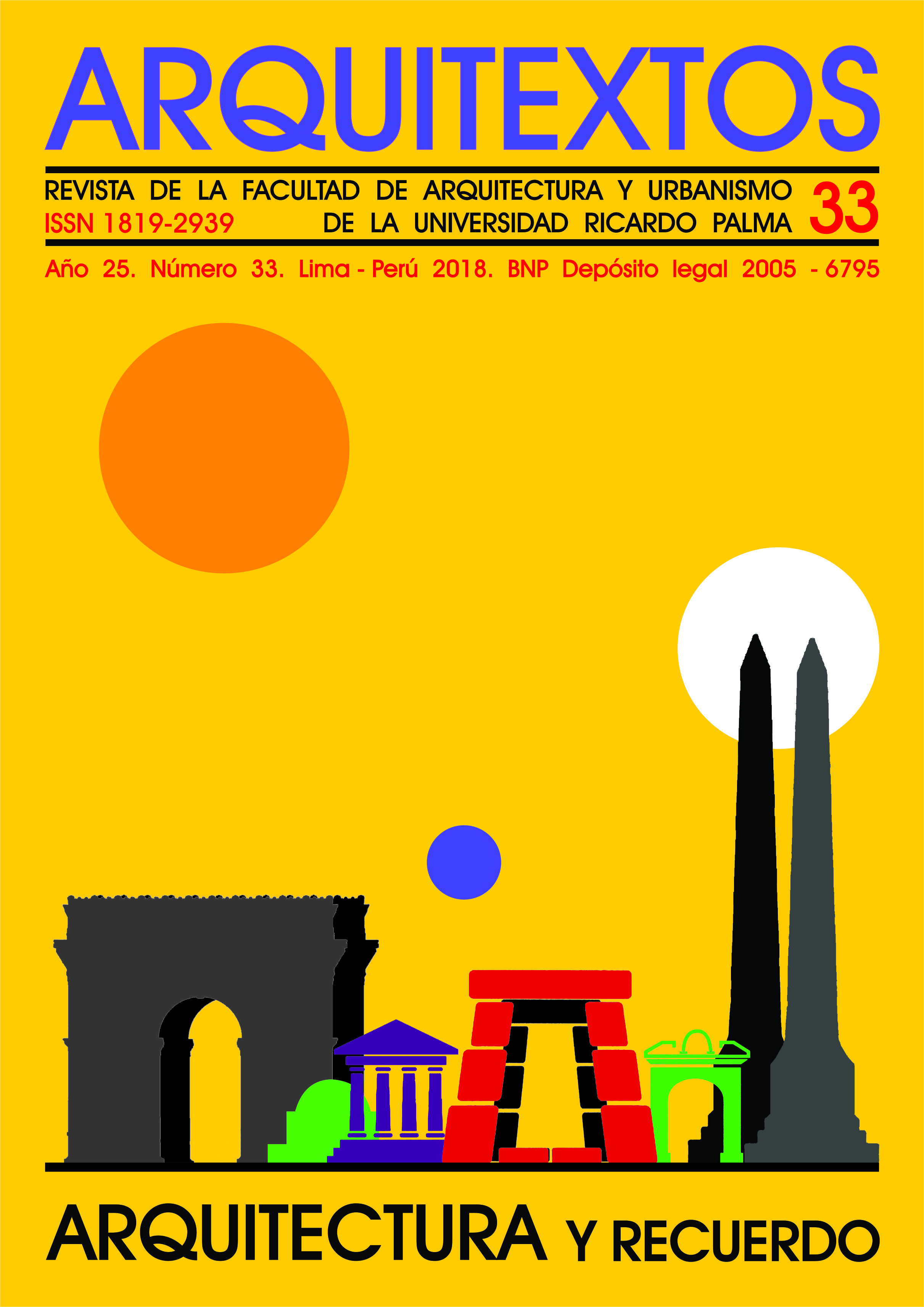The Skin of memory
The architecture self-constructed as a story
DOI:
https://doi.org/10.31381/arquitextos33.1865Keywords:
self-building, housing, memory, identity, attachmentAbstract
The memory of a place refers to atypical moments in history as much as regular events which
impact in the collective memory; the everyday leaves a footprint in places. The house is the
realm of this everyday memory. When inhabitants have more possibilities to change its
configuration, in order to make it match directly to their needs and histories, the building shows
the traces of the construction of memory.
Through the observation of self-help housing in peripheral neighbourhoods in Lima – where
designer, builder and inhabitant are all one person – we see that function acts upon structure,
and shows history through it. Built space describes the inhabitant’s life. Changes in the
house and its aspect are the skin of the family’s history.
The memory in self-built city is born of the sum of changes in individual structures: a
symbolism that emerges out of the everydayness. Identity in such places shows itself with intensity,
and collective sense and place attachment are built through an endless process of denken,
bauen and wohnen.








